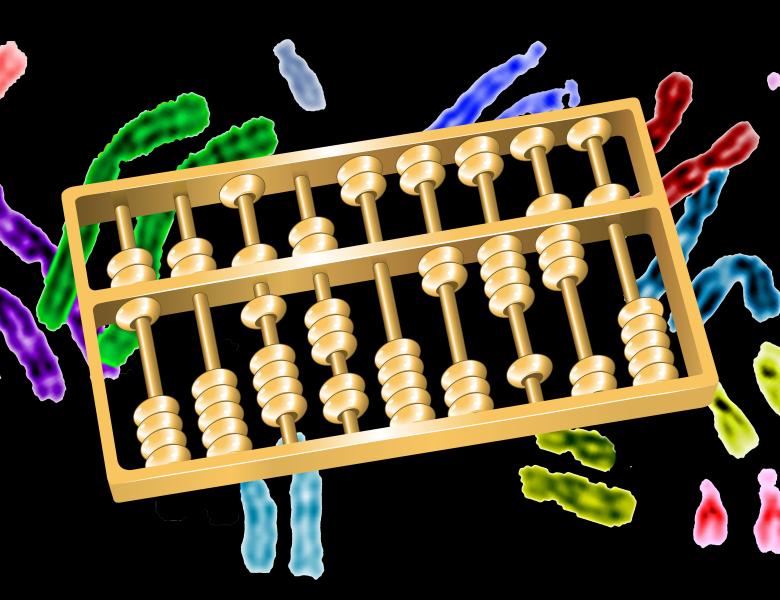MyoD is a master transcription factor critical for normal muscle development. Overexpression of MyoD has been shown to transdifferentiate cells from many non-muscle lineages into cells with muscle-like expression and phenotypic characteristics. However, expression studies on MyoD transdifferentiated cells show that only a fraction of myogenic genes are upregulated in response to MyoD. In addition, many cell-type specific genes are not silenced during MyoD transdifferentiation. The reasons for this incomplete transdifferentiation are unknown, and this characteristic is common for transdifferentiation of other master regulators.
In this study, we aimed to more fully understand the mechanism of MyoD-induced transdifferentiation of fibroblasts, and to identify potential reasons behind incomplete transdifferentiation. To this end, we have analyzed global gene expression (RNA-seq), chromatin accessibility (DNase-seq), and MyoD binding (ChIP-seq) on human primary skin fibroblasts that have been transduced with inducible human MyoD. To determine if transdifferentation was complete, we compared these data to expression and chromatin accessibility profiles generated from primary human myoblasts and skin fibroblasts. Comparing these three cell types revealed that MyoD contributed to a wide spectrum of DNaseI hypersensitive (DHS) site changes, with some DHS sites being completely reprogrammed, while others are either not reprogrammed or partially reprogrammed. Analysis of MyoD ChIP-seq data in the transdifferentiated cells revealed that the vast majority of myoblast-specific DHS sites that open up, i.e. are reprogrammed, have a strong MyoD ChIP-seq signal. Conversely, non-reprogrammed myoblast-specific DHS sites are not bound by MyoD, despite the fact that many of these sites contain MyoD binding motifs. The mechanisms that drive MyoD binding and chromatin reprogramming at some DHS sites but not others are not currently known.
We used two classification approaches, elastic net and random forest, to identify genomic and epigenomic features that can distinguish reprogrammed versus non-reprogrammed myoblast-specific DHS sites. Interestingly, the most predictive features were the affinity of putative MyoD sites and the affinities of MyoD cofactor sites (such as Meis1), which were higher in the reprogrammed DHS sites. In addition, non-reprogrammed DHS sites were enriched for binding sites of SAND-domain transcription factors. Interestingly, one member of the SAND family, Ski, has been shown to convert non-muscle quail cells to muscle cells, which leads us to hypothesize that overexpression of Ski, in addition to MyoD, could increase transdifferentiation efficiency through reprogramming of DHS sites not opened by MyoD.
A similar classification analysis of reprogrammed versus non-reprogrammed fibroblast-specific DHS sites (i.e. sites that are open in fibroblast but closed in myoblast) identified several epigenomic features predictive of reprogramming status. Active histone marks such as H3K4me2, H3K4me3, H3K27ac, H2az, and H3K9ac, were enriched at non-reprogrammed fibroblast-specific DHS sites, suggesting that these active marks may be responsible for maintaining the chromatin in an open state.
Combined analyses of chromatin accessibility (DNase-seq) and gene expression (RNA-seq) data revealed that, as expected, reprogrammed DHS sites are enriched around myoblast-specific genes that are upregulated in response to MyoD. However, we also found a subset of myogenic genes that are not upregulated during the transdifferentiation process, despite the fact that they have undergone substantial chromatin remodeling. This indicates that, for this subset of myogenic genes, MyoD is capable of inducing a chromatin state that is similar to that of primary muscle lineages, but additional factors are necessary for more complete reprogramming at the gene level.
